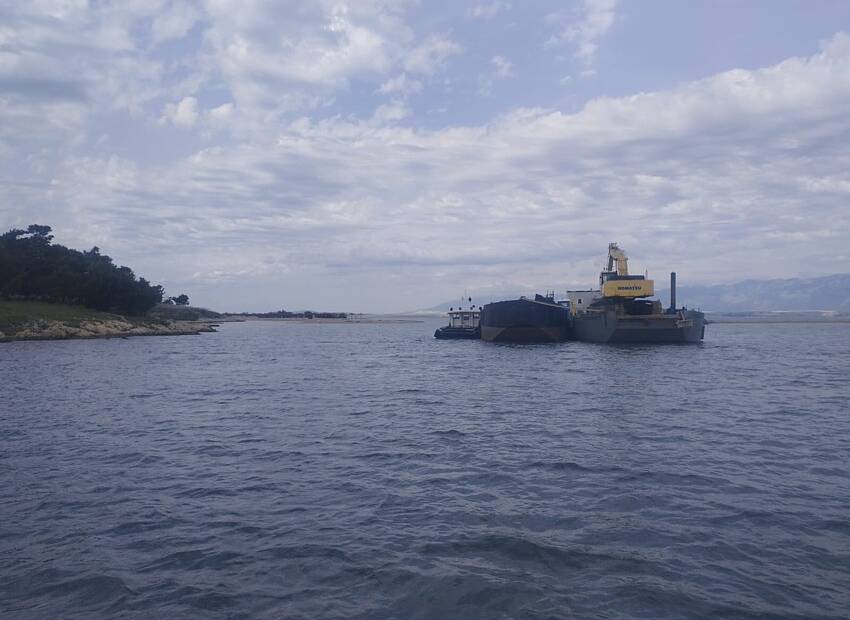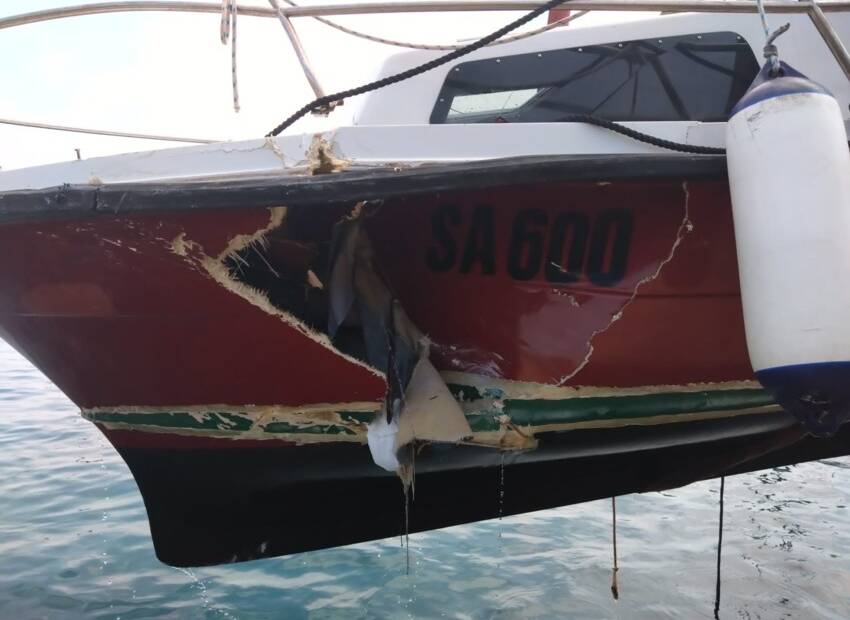Do you remember the last time you stepped aboard a small sailboat to go out for a day sail? You may remember the skipper and crew coming aboard with anticipation of a great day under sail.
Off comes the sail cover, on comes the engine, and away you go down the channel. This practice goes against the grain of sailing seamanship in a big way!
It All Begins with Ground Tackle
Do you know the weakest link on the umbilical cord that holds your boat to the seabed? Have you used the secret of “end-for-end” to extend the life of your expensive rope anchor line?
Boat brake, insurance policy, or lifesaver. Call it what you wish, but not many sailboat components are as ignored or forgotten about as you anchor, anchor line, anchor chain, anchor shackles, and anchor thimbles.
Forget the paper insurance that covers your boat hull and components. Paper never held a boat in a storm, enabled you to pull yourself off of a sandbar, or saved you from disaster inside a crowded, busy marina when your engine conked out.
Begin you inspection at the bow. This golden rule applies to any sail or power boat of any size. Make this 7-step ground tackle component inspection each time before you cast off on a daysail, cruise, or voyage.
1. Determine Your Anchor Shank Integrity
Check the long arm--or shank--of your anchor for bends, distortion, or cracks. You can only trust a straight shank. Replace your anchor right away if it shows signs of these defects because it will be unable to hold your small cruising boat at all angles.
2. Inspect Rope Rode for Chafe
If you are getting underway for just the day or weekend, determine the longest scope you will use. Pull that amount from the anchor locker onto the deck. For longer cruises, remove all of the rode. Check every inch of the line for chafe or broken fibers. Minor surface wear should not affect the integrity, but mark that area with tape or a permanent ink pen.
Make a comment in your log or check off sheet and re-check the area often. Coil the line neatly back down into the locker. Now you know your anchor rode will pay out without knots or jams when you are ready to drop the hook.
3. Use Chain Length Equal to LWL
Most small cruising boats carry a combination of rope and chain anchor rode. Attach a length of chain to the bottom of the rode, at least as long as your boat's waterline length (LWL). This chain acts as a "chafe-guard" to protect the rope part of your rode from sharp rocks, coral heads, shells, or other obstructions.
4. Wrap Chafing Gear at Contact Points
Use split garden or fire hose, squares of canvas, or rags to protect the anchor rode where it passes through the boat chocks. This protects the line as it moves and stretches inside the chock.
Wrap the chafing gear several inches past the chock on each side. Lash it in place with heavy duty waxed sail twine or small diameter line. Check it often and readjust the chafing gear to provide good protection.
5. Check for Weak Links
Your sailboat anchor rode is only as good as the weakest links--marine shackles. Grasp the screw pin on each shackle with pliers and make sure you can open and close it. Use light machine oil to open frozen (corroded) shackles.
Clean the corrosion inside the pin threads with a wire brush or replace the shackle. Keep your shackles in prime shape to give your system powerful integrity.
6. Mouse Screw-Pin Shackles
Use nylon wire ties or stainless seizing wire to mouse (join) each screw pin to the shackle body. This prevents the screw pin from backing out of the shackle.

In the illustration, stainless seizing wire has been wrapped though the pin and over the shackle body to secure the pin in place. Replace the seizing wire once a year as part of your routine maintenance.
7. Replace Rusted Galvanized Thimbles
Wet anchor rode often gets stowed in anchor lockers with poor ventilation. It's best to dry synthetic line first. Wet rode causes rope thimbles to rust, corrode, and break apart. These thimbles protect your rope from chafe, so replace corroded thimbles as soon as you notice these signs.
Captain John’s Pre-Sail Tip:
Once each year, end-for-end your anchor line. Untie the end attached to the boat. Make an eye, insert a thimble, and attach the anchor chain to this end. Cut off the other end and attach it to your boat. This adds 50% to the life of your anchor line.
Captain John
www.skippertips.com
Get instant access to 400+ sailing articles, videos, live discussion forums, and free ebooks! Click here to find out more!
Captain John






















